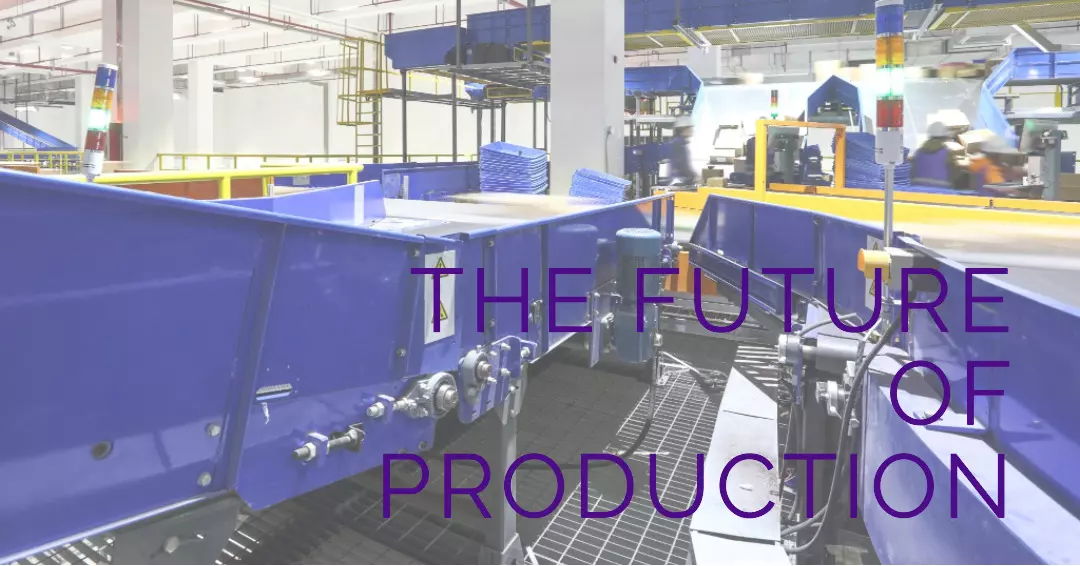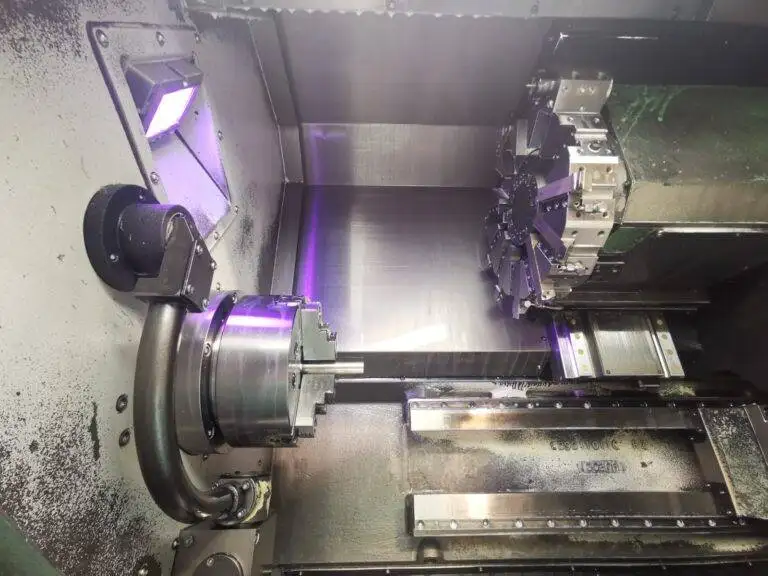Seamless automation of production using AI
Seamless Automation of Production using AI
In today’s rapidly evolving technological landscape, artificial intelligence (AI) has emerged as a game-changer in various industries, including production and manufacturing. The integration of AI into production processes has paved the way for seamless automation, transforming the way businesses operate and revolutionizing productivity. This article explores the profound impact of AI on production and demonstrates how it enables unparalleled efficiency, accuracy, and optimization.
The Power of AI in Production
The introduction of AI in production has revolutionized the way tasks are performed, optimizing processes, minimizing errors, and reducing costs. By leveraging AI technologies, businesses can automate routine and complex tasks, thereby streamlining operations and achieving enhanced productivity.
1. Enhanced Efficiency through Predictive Maintenance
AI-powered systems can predict and detect potential issues in machinery and equipment. By analyzing vast amounts of data collected from sensors and monitoring devices, AI algorithms can accurately identify patterns and anomalies that may indicate a machine failure or maintenance requirement. This predictive maintenance approach allows production facilities to address the issue proactively, minimizing downtime and maximizing overall equipment effectiveness (OEE).
2. Intelligent Quality Control
AI plays a pivotal role in ensuring high-quality production outputs. By employing machine learning algorithms, AI systems can analyze data from various sources, such as visual inspections, sensor readings, and historical records, to identify defects or inconsistencies. This enables real-time monitoring and proactive interventions, reducing the number of defective products and ensuring that only top-quality goods reach the market.
3. Optimal Resource Allocation
With AI, production facilities can optimize resource allocation by accurately predicting demand, streamlining inventory management, and minimizing wastage. By analyzing historical data, market trends, and customer behavior, AI algorithms can forecast demand patterns, allowing businesses to adjust production schedules, prevent overstocking or understocking, and allocate resources efficiently. This not only saves costs but also improves customer satisfaction through timely order fulfillment.
4. Enhanced Supply Chain Management
AI can significantly improve supply chain operations by providing real-time visibility, optimizing logistics, and improving coordination between suppliers, manufacturers, and distributors. By leveraging AI-driven analytics and predictive algorithms, businesses can optimize inventory levels, reduce lead times, and enhance the overall efficiency of the supply chain. This ensures timely delivery, minimizes bottlenecks, and enables businesses to respond swiftly to changes in demand or market conditions.
5. Intelligent Decision-Making
AI empowers production managers and decision-makers with valuable insights derived from data analysis, enabling them to make informed decisions. By collecting and analyzing data from various sources, AI systems can provide actionable recommendations, identify opportunities for process improvement, and optimize production workflows. These insights enable businesses to stay competitive, adapt to market dynamics, and make strategic decisions that drive growth and profitability.
Overcoming Challenges in Implementing AI in Production
While AI offers substantial benefits to production processes, its successful implementation requires overcoming a few challenges. These challenges include:
1. Data Accessibility and Quality
AI algorithms rely on vast amounts of data to generate accurate insights and predictions. However, organizations may face challenges in accessing the required data or ensuring its quality. To overcome this, businesses must invest in data collection systems, ensure data accuracy, and establish robust data governance frameworks.
2. Workforce Adaptation and Training
Integrating AI into production processes necessitates workforce adaptation and training. Employees need to acquire the necessary skills to work alongside AI systems, understand the technology, and leverage its capabilities. Offering comprehensive training programs and fostering a culture of continuous learning can help bridge the skills gap and ensure a smooth transition towards AI-driven production.
3. Security and Privacy Concerns
The increased reliance on AI in production processes necessitates robust security measures to protect sensitive data and prevent unauthorized access. Organizations must invest in robust cybersecurity protocols, encryption techniques, and privacy frameworks to ensure the confidentiality and integrity of their data.
The Future of AI-Driven Production
As AI continues to advance and evolve, the future of AI-driven production holds immense potential. Here are some key areas where AI is expected to make significant advancements:
1. Collaborative Robotics
Collaborative robots, also known as cobots, are intelligent machines that work alongside humans in production environments. These robots can learn from human interactions and perform a variety of tasks, enabling human-robot collaboration and efficiency. The integration of AI algorithms into cobots will enhance their capabilities, enabling them to adapt to different production scenarios, handle complex tasks, and ensure higher productivity.
2. Autonomous Production Lines
AI-driven production lines can operate autonomously, optimizing production processes, and reducing the need for human intervention. By leveraging advanced algorithms and machine learning techniques, production lines can self-optimize, adjust parameters, and adapt to changing requirements. This level of autonomy will further enhance efficiency, reduce errors, and achieve unparalleled quality in production.
3. Advanced Analytics and Predictive Models
The increasing availability of real-time data and advancements in AI-driven analytics will enable businesses to leverage advanced predictive models. By analyzing vast amounts of data in real-time, businesses can gain valuable insights into production performance, anticipate potential issues, and optimize operations. This will lead to continuous improvement, increased efficiency, and the ability to proactively address challenges.
In conclusion, the integration of AI into production processes enables seamless automation, revolutionizing the way businesses operate and enhancing productivity. From predictive maintenance and intelligent quality control to optimal resource allocation and enhanced supply chain management, AI offers numerous benefits that drive efficiency, accuracy, and cost savings. While challenges in data accessibility, workforce adaptation, and security need to be addressed, the future of AI-driven production holds immense potential for collaborative robotics, autonomous production lines, and advanced analytics. By embracing AI technology, businesses can unlock new levels of productivity and stay ahead in today’s fast-paced, competitive landscape.
The content generated above is in markdown format for the given h1 title.
FAQ
Q: How does AI enhance efficiency in production?
A: AI enables enhanced efficiency in production through predictive maintenance, allowing businesses to proactively address potential machinery issues and minimize downtime.
Q: What role does AI play in quality control in production?
A: AI plays a pivotal role in quality control by using machine learning algorithms to analyze data from various sources and identify defects or inconsistencies, ensuring high-quality production outputs.
Q: How does AI optimize resource allocation in production facilities?
A: AI optimizes resource allocation by accurately predicting demand, streamlining inventory management, and minimizing wastage through the analysis of historical data, market trends, and customer behavior.
Q: How can AI enhance supply chain management in production?
A: AI enhances supply chain management by providing real-time insights and data analysis, enabling businesses to make informed decisions and optimize their supply chain operations.






